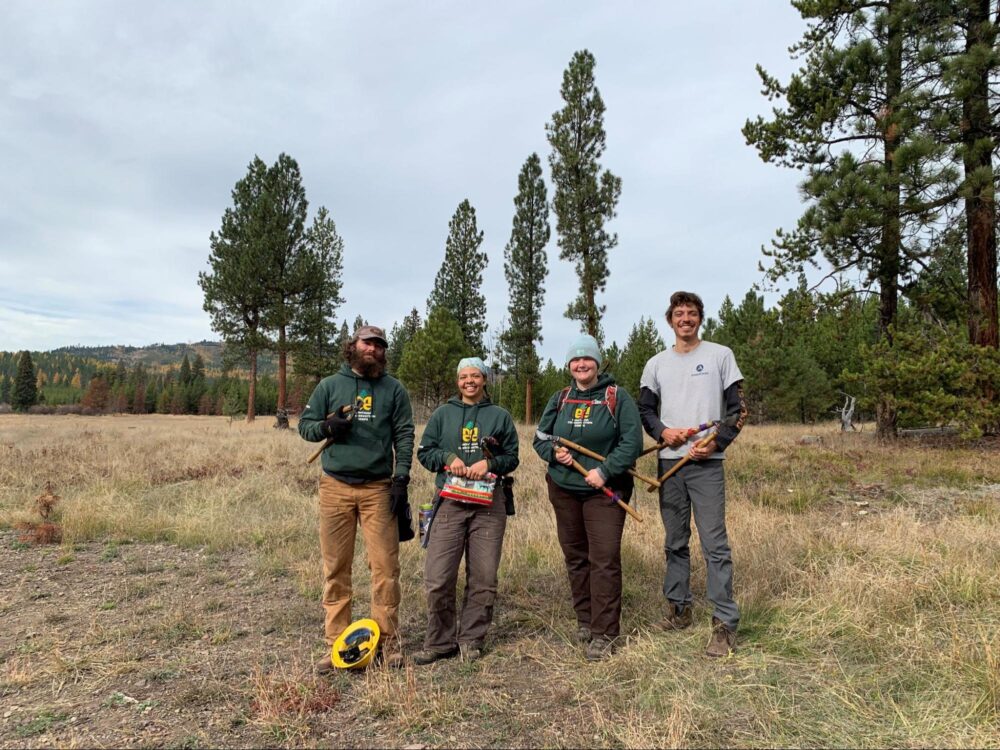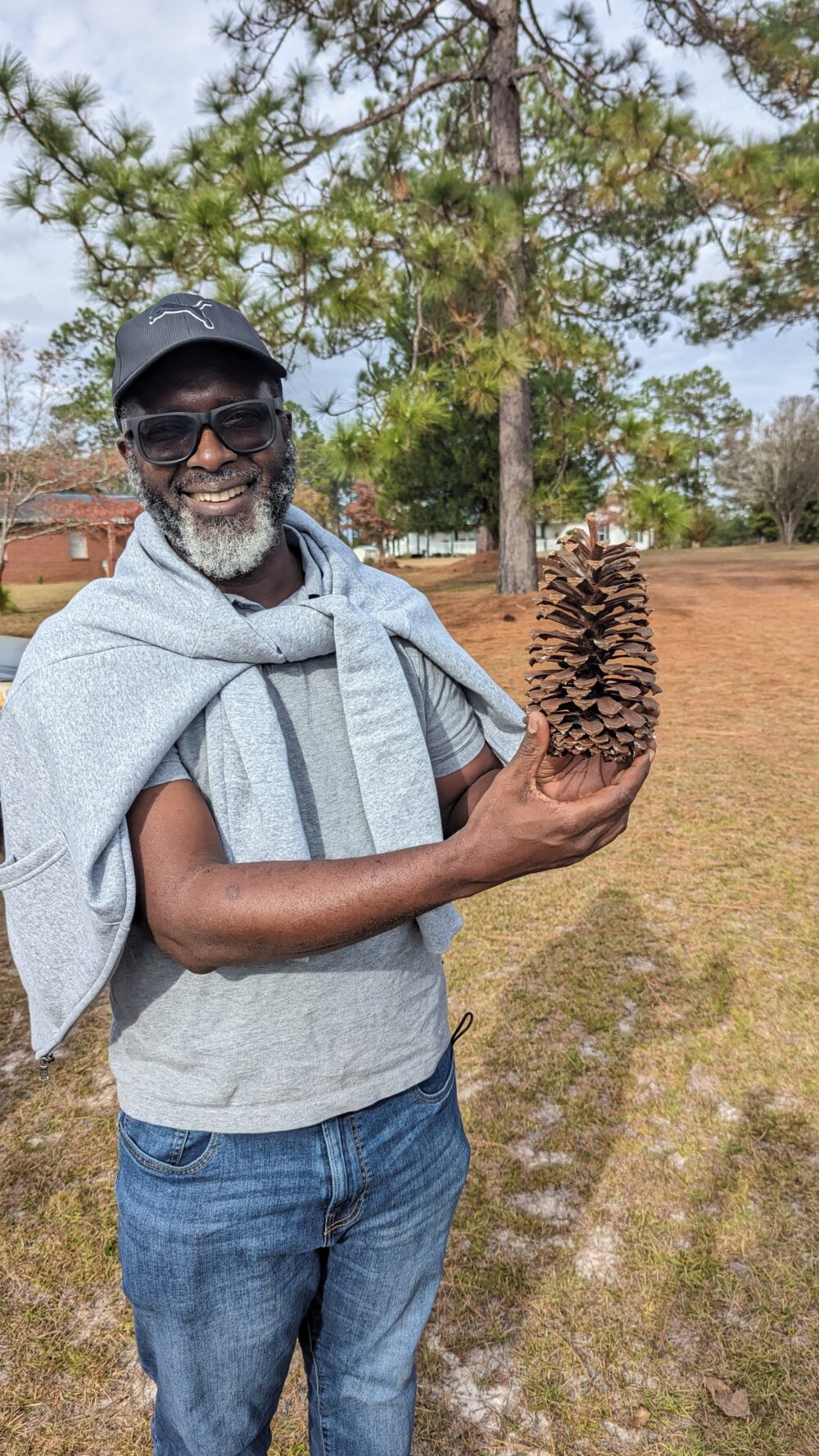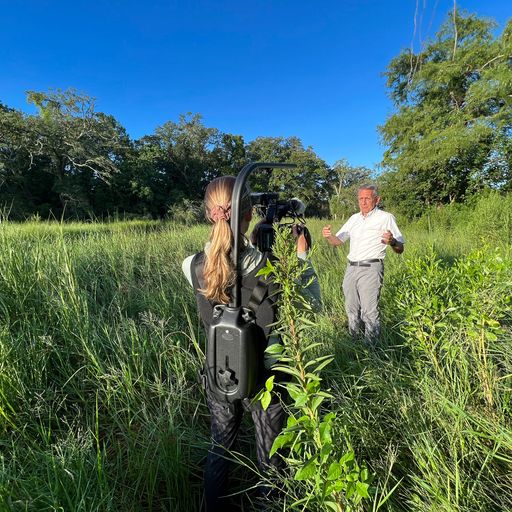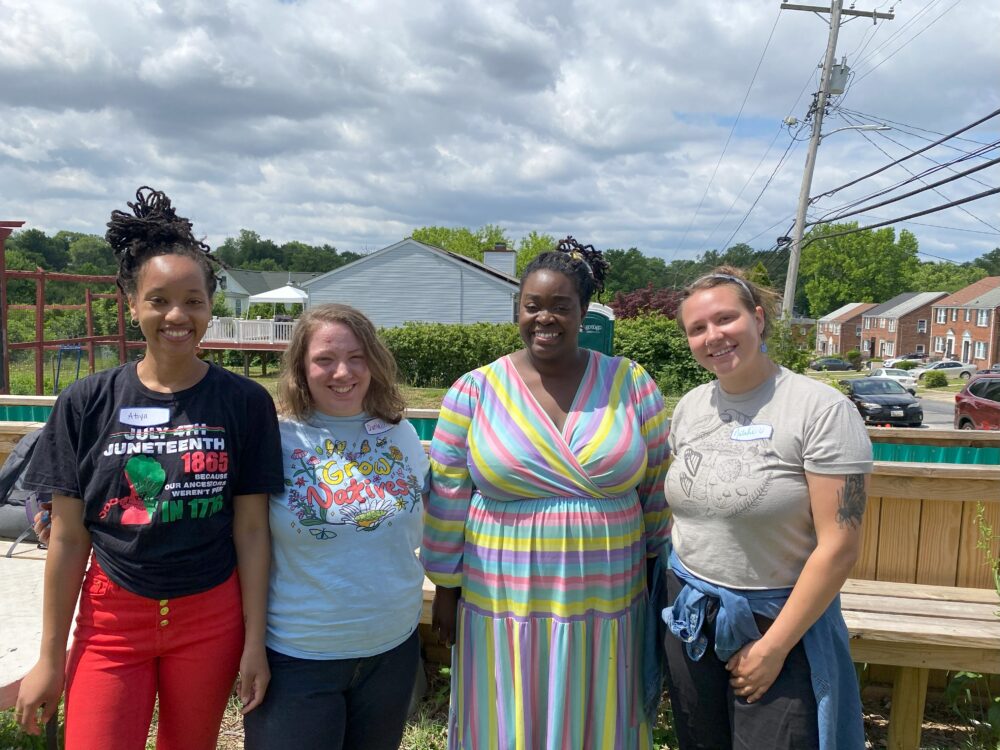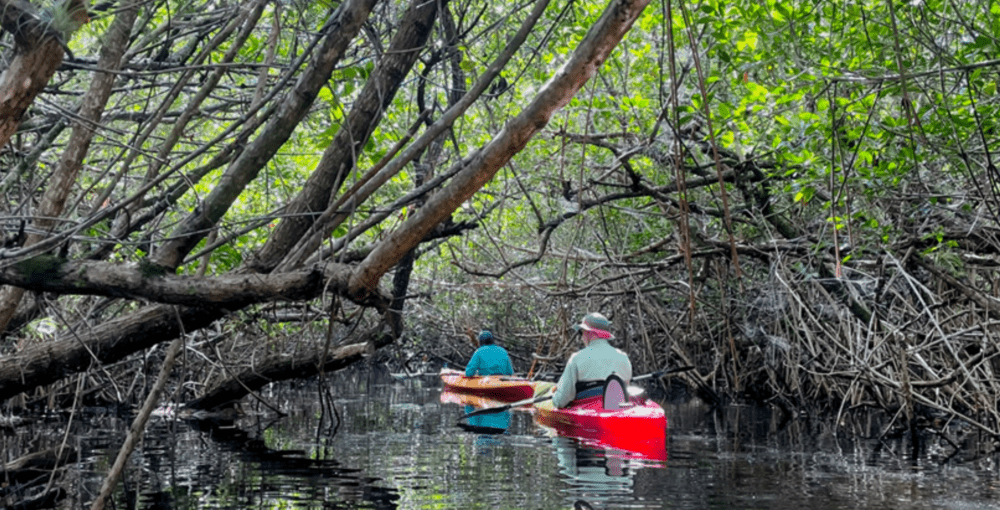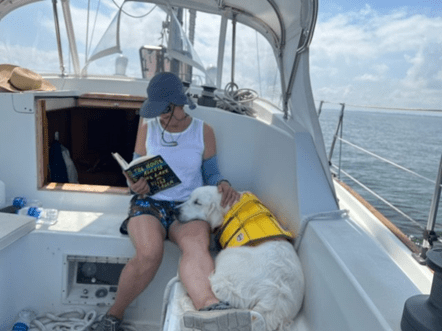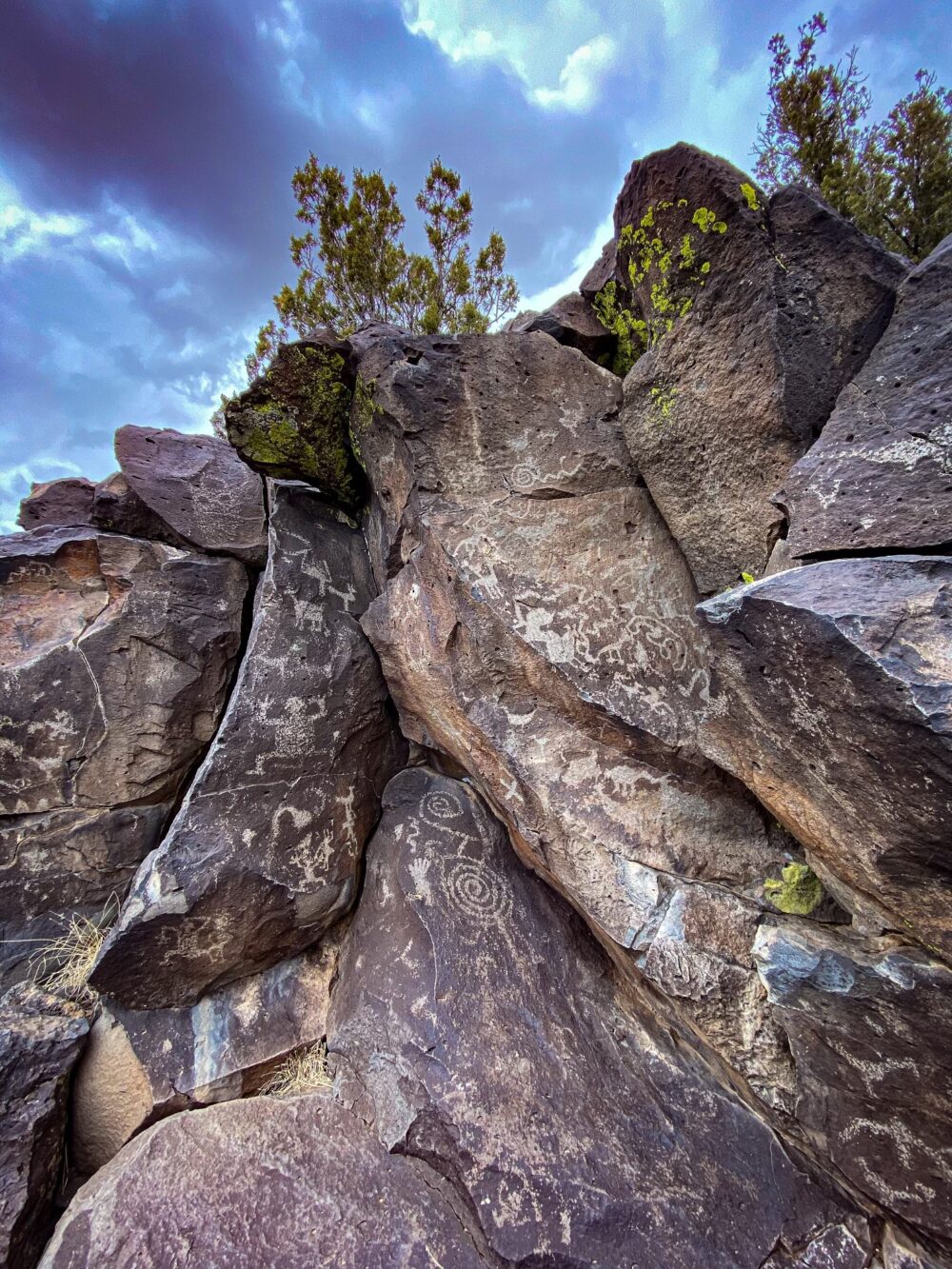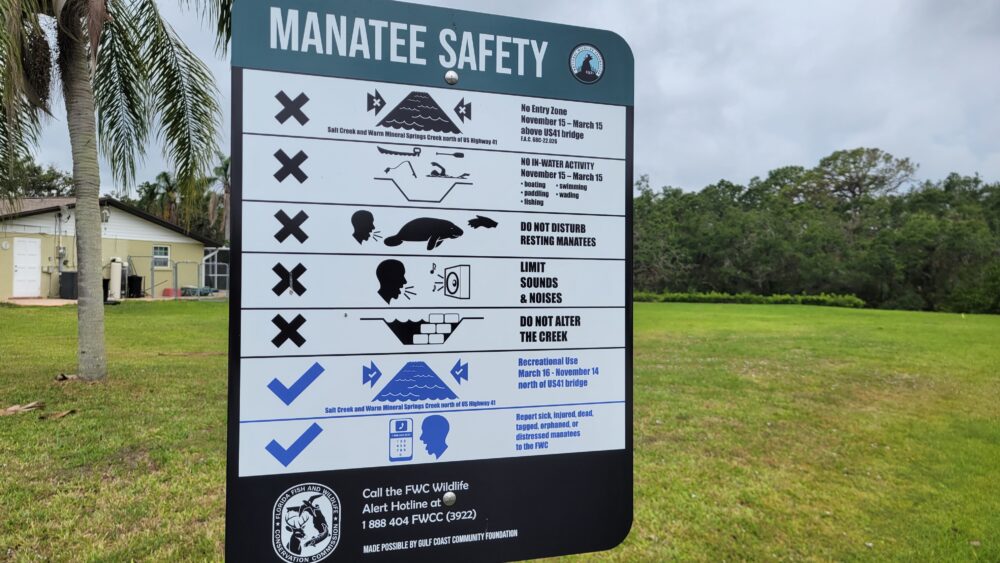We have much more to do and your continued support is needed now more than ever.
Purer Water, Smarter Students–AASHE 2008

As a warm-up to this year’s AASHE conference, I toured Duke University with a group of other sustainability professionals, starting with the swamp.
I imagine most campus visitors don’t immediately get dragged out into
the marsh, but the interest on everyone’s faces was a visible
reminder that schools aren’t just invested in clean energy, but also
in traditional environmental work, such as restoring wetlands. This is particularly true when projects involve students in the process.
The SWAMP (Stream and Wetland Assessment Management Park) project is designed to restore an urban watershed, research several different kinds of wetlands, and purify local water supplies. The work was largely funded by the state of North Carolina because of its positive impact on downstream water quality, with a smaller contribution from the university itself. Students are trained on "real-world restoration techniques, modern hydrologic modeling, and the basic principles of stream, lake, and wetland ecology" as part of their coursework, and they came on the tour with us to answer questions and tell us about the work they’ve done.
As part of the tour, we also looked at several LEED-Silver campus
buildings, counted bike racks, toured a prototype "smart house," and ate a meal of local food from one of the campus cafes. However, for many people the most memorable part of the day was the morning walk through the woods. One attendee remarked, "I love that students are out here doing the work. That happens at a lot of universities, but not enough. Maybe it needs to be more than just the natural science students."
The idea that students and others on campus need to connect better to their surroundings was a common theme of the conference. Between sessions on eco-literacy, local environmental history projects, campus habitats, and Vandana Shiva’s appeal to get people back on the land, almost everybody had something to say.
After Janice Crede started taking small groups of students out to a cabin for a week (no laptops or TVs allowed) for a "Nature Immersion" curriculum she piloted at the University of Wisconsin-Superior, she started seeing results. "We wanted to help students understand a little bit more about their impact on the planet. They have a half-hour biology class each day, then we let them loose to explore the lake, the woods, the bog, before we have some conversations about sustainability and leadership. Everything is outside. We eat dinner by the campfire and stay up too late, and by the end of the week they no longer miss their laptops, and they don’t want to leave."
Surveys and open-ended writing assignments that the students complete before and after the course corroborate Crede’s thesis: "What they told me is that they come back and they feel changed in their attitudes, perceptions and behaviors. They feel as if they have a whole new group of people they can relate to."
We are recapping AASHE:
Sustainability on Campus and Beyond as it happens. If you were at the
sessions we’re covering, weigh in with your comments below. Or see others’
blogs, photos and Twitter updates on the AASHE live page.












